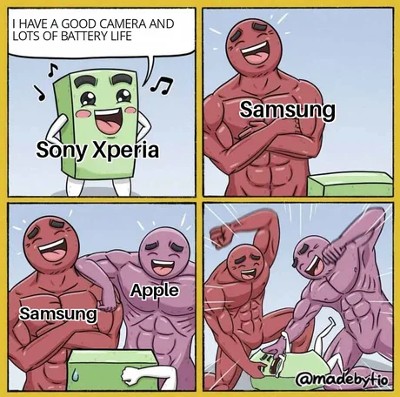The Menace of Destruction and a Game-Changer in Space Exploration: The V2 Rocket
The V2 rocket, also known as the Vergeltungswaffe 2 or "Vengeance Weapon 2," was created by Nazi Germany during World War II. It was the world's first long-range guided ballistic missile and played a significant role in the history of warfare.
The V2 rocket, developed by Nazi Germany during World War II, marked a significant advancement in rocket technology and played a crucial role in shaping the future of space exploration. It distinguished itself through its innovative design and powerful propulsion system, which set it apart from other rockets of its time.
Historical Significance
The V2 rocket, also known as the Vergeltungswaffe 2 or "Retribution Weapon 2," was the world's first long-range guided ballistic missile. Its development began in the early 1940s under the leadership of Wernher von Braun, a pioneering figure in rocket technology. These rockets were a significant leap from the earlier V1 flying bombs, as they traveled faster than the speed of sound, making them nearly impossible to detect and intercept. The V2 represented a paradigm shift in warfare and laid the groundwork for future space exploration endeavors.
One of the key achievements of the V2 rocket was its ability to reach altitudes of over 200 kilometers and travel distances exceeding 300 kilometers. This unprecedented range and altitude made it a formidable weapon during World War II, striking fear into the hearts of the Allied forces.
Trivia: During the London Blitz these rockets were launched from mobile platforms, often from sites in the Netherlands, making it difficult for Allied forces to target and destroy them. Over the course of the campaign, around 1,400 V2 rockets were fired at London, with others targeting cities such as Antwerp in Belgium. The attacks started September 8, 1944 and continued until March 27, 1945, when the Allies captured the last launch sites.
Technological Innovation
The V2 rocket utilized groundbreaking technology, including a liquid-fueled engine and gyroscopic guidance system, which enabled it to deliver its payload with unprecedented accuracy. This technological innovation paved the way for the development of modern rocketry and space exploration.
One of the most remarkable aspects of the V2 rocket was its speed, which exceeded the speed of sound, making it the first man-made object to achieve supersonic velocity. This remarkable feat demonstrated the rocket's advanced engineering and propelled humanity into a new era of technological achievement.
Impact on Space Exploration
The legacy of the V2 rocket extends far beyond its wartime use. Following the end of World War II, both the United States and the Soviet Union captured V2 rockets and the scientists behind them as part of Operation Paperclip and Operation Osoaviakhim. This led to the rapid advancement of rocket technology in the post-war era, culminating in the space race between the two superpowers.
One of the most famous quotes attributed to Wernher von Braun, the mastermind behind the V2 rocket, sums up its impact on space exploration:
"I have learned to use the word 'impossible' with the greatest caution."
Get Free Gifts & Best Stories!
Join our newsletter to get our top stories of the month and free merch.
- 📚 Cool Stories: Read stories you won’t find in textbooks.
- 🎁 Free Gifts: Get exclusive stickers, t-shirts, and more!
Only 1 email a month. No spam, we promise!

